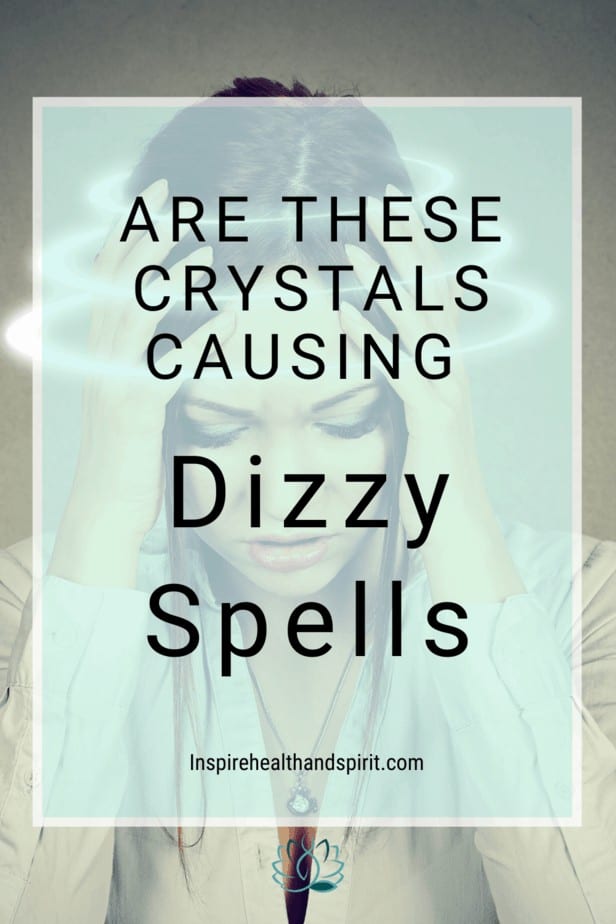What Cause Dizzy Spells
If you've been experiencing dizzy spells lately, you may be wondering what could be the cause. Well, unfortunately, there are numerous conditions and factors that can cause dizziness, making it difficult to pinpoint the exact culprit in your particular case. However, one possible cause of dizziness that you may not have considered is a condition called BPPV - benign paroxysmal positional vertigo.
What is BPPV?
BPPV is a type of vertigo that occurs when tiny calcium carbonate crystals in the inner ear become dislodged and move into the ear canal, where they can interfere with the fluid that helps to regulate balance. This can cause brief episodes of vertigo, which is characterized by a spinning sensation that makes it feel like the world is moving around you.
BPPV most often affects people over the age of 60, but it can occur in anyone, regardless of age or gender. It is also more common in women than in men. BPPV is usually triggered by changes in head position, such as rolling over in bed or getting up too quickly from a lying or seated position.
BPPV Symptoms
The primary symptom of BPPV is brief episodes of vertigo that are typically triggered by changes in head position. These episodes may last only a few seconds or a minute, but they can be quite intense and debilitating. Other symptoms of BPPV may include:
- Dizziness or lightheadedness
- Loss of balance or coordination
- Nausea and vomiting
- Eye twitching or jerking (nystagmus)
BPPV Diagnosis
If you suspect that you may have BPPV, it's important to see a healthcare provider who can evaluate your symptoms and make a proper diagnosis. Your doctor may conduct a physical exam and ask you about your symptoms and medical history. They may also perform some diagnostic tests, such as:
- Dix-Hallpike maneuver: This is a test that involves positioning your head in certain ways to trigger the vertigo. The doctor will observe your eye movements to determine if BPPV is the cause of your symptoms.
- Electronystagmography (ENG): This is a test that measures the movements of your eyes to detect abnormal activity associated with BPPV.
- Magnetic resonance imaging (MRI): This imaging test uses powerful magnets and radio waves to produce images of the inner ear and brain, which can help identify any structural abnormalities or other underlying conditions that may be causing your dizziness.
BPPV Treatment
Fortunately, BPPV is a condition that can be effectively treated in most cases. The primary treatment for BPPV is a series of head-positioning exercises that are designed to reposition the dislodged calcium crystals in the inner ear. These exercises are often referred to as the Epley maneuver or Canalith repositioning procedure.
Your healthcare provider will guide you through these exercises and may recommend that you perform them at home on a regular basis. The goal of these exercises is to move the calcium crystals out of the ear canal and back to their proper position in the inner ear, which can help relieve your dizziness and other symptoms of BPPV.
In addition to these exercises, there are several other treatments that your healthcare provider may recommend, including:
- Medications to help relieve symptoms of dizziness and nausea
- Vestibular rehabilitation therapy, which involves exercises and other techniques to help improve balance and reduce vertigo
- In severe cases, surgery may be needed to correct any structural abnormalities or other underlying conditions that may be contributing to your dizziness.
Conclusion
Although BPPV can be a frustrating and debilitating condition, the good news is that it is usually treatable with a combination of simple exercises and other therapies. If you are experiencing dizziness, lightheadedness, or any other symptoms of BPPV, it's important to see a healthcare provider as soon as possible to get an accurate diagnosis and start treatment right away.
Remember, your health is too important to ignore, so don't hesitate to take action if you're experiencing any unusual or persistent symptoms. With the right care and treatment, you can get back to feeling like your old self again in no time!
Image Sources
The following images were sourced from https://inspirehealthandspirit.com/.
Image 1: BPPV Symptoms

Image 2: BPPV Diagnosis and Treatment
